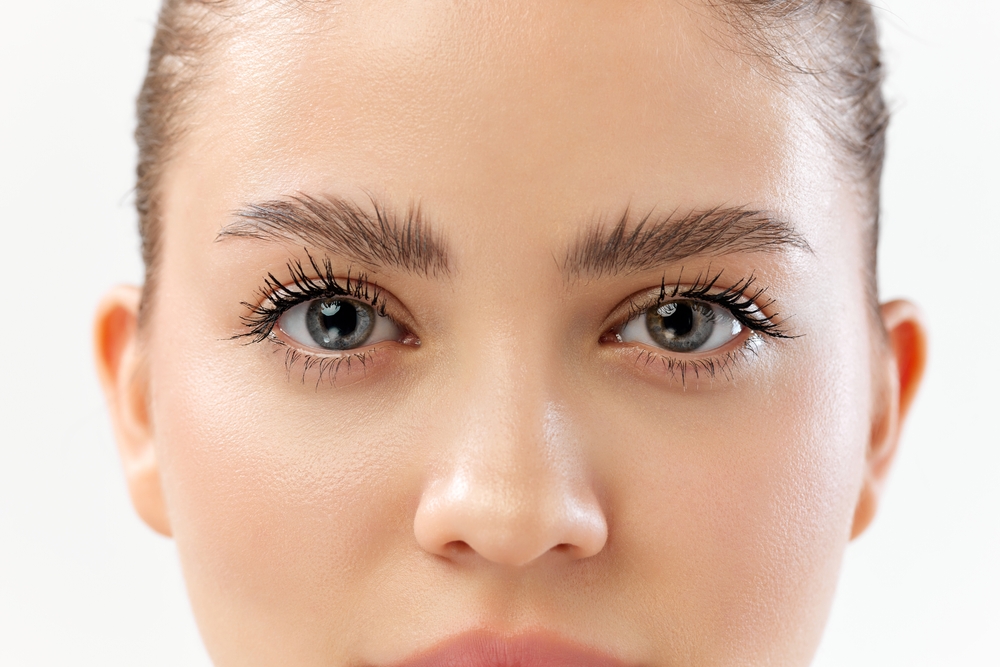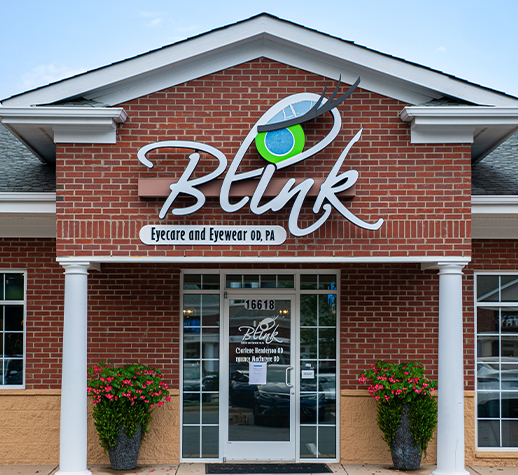
Understanding Binocular Vision Dysfunction: Causes and Symptoms
If you've ever experienced double vision, headaches after reading, or eye strain that just won't quit, you may be dealing with a condition known as binocular vision dysfunction (BVD). At Blink Eyecare and Eyewear, we're committed to helping you understand how vision issues can impact your daily life and providing solutions to improve your comfort and quality of vision.
What is Binocular Vision Dysfunction?
Binocular Vision Dysfunction occurs when your eyes struggle to work together effectively as a team. For most people, the eyes align seamlessly to produce a single, cohesive image. However, when someone has BVD, one or both eyes may be misaligned, causing the brain to receive slightly different images from each eye. This mismatch forces the eyes and brain to work overtime to create a unified picture, which can lead to various symptoms affecting vision, comfort, and even balance.
Common Causes of Binocular Vision Dysfunction
The exact cause of BVD can vary, but it generally results from a minor misalignment of the eyes. Here are some common factors:
• Genetics: Some people are born with slight misalignments in their eye muscles that can contribute to BVD.
• Injury or Trauma: Head injuries, concussions, and other types of trauma can disrupt the eye muscles, affecting how well the eyes align.
• Developmental Factors: BVD may develop in childhood, often going undetected until the demands of school, work, or screen time exacerbate symptoms.
• Aging: As we get older, eye muscles and coordination can weaken, sometimes leading to alignment issues that cause BVD.
Recognizing the Symptoms of Binocular Vision Dysfunction
BVD symptoms can vary from mild discomfort to more severe issues that interfere with daily tasks. Here are some of the most common symptoms to watch out for:
• Double Vision or Blurred Vision: Since the eyes aren't aligned properly, many people with BVD see two images or have difficulty focusing, resulting in blurriness.
• Eye Strain and Discomfort: Trying to align two different images requires intense focus, which can lead to persistent eye strain, especially during activities like reading or using a computer.
• Headaches and Migraines: Frequent headaches, particularly around the eyes and forehead, are a common symptom, as the brain constantly works to resolve misaligned images.
• Dizziness or Vertigo: Because vision and balance are closely connected, misalignment can create a feeling of imbalance or dizziness, leading to motion sickness or vertigo in some cases.
• Light Sensitivity: People with BVD may find they are more sensitive to light, making it uncomfortable to be in brightly lit environments or spend extended time outdoors.
• Difficulty with Depth Perception: Depth perception relies on both eyes working together to judge distances accurately. With BVD, tasks like parking a car or walking downstairs can become challenging due to impaired depth perception.
Book Your Consultation with Blink Eyecare and Eyewear Today
If you experience any of these symptoms regularly, it may be time to see an eye doctor. At Blink Eyecare and Eyewear, we can conduct a comprehensive eye exam to diagnose BVD and recommend treatments tailored to your needs. Treatment options may include specialized glasses with prism lenses to help correct the misalignment to strengthen eye coordination. With the right diagnosis and treatment, you can experience improved vision and relief from symptoms, helping you to enjoy clearer, more comfortable vision in your daily life.
If you're experiencing any symptoms of binocular vision dysfunction, schedule a comprehensive eye exam at Blink Eyecare and Eyewear to explore solutions that can help you see more comfortably and improve your quality of life. Visit our office in Charlotte, North Carolina, or call (704) 817-3800 to book an appointment today.












